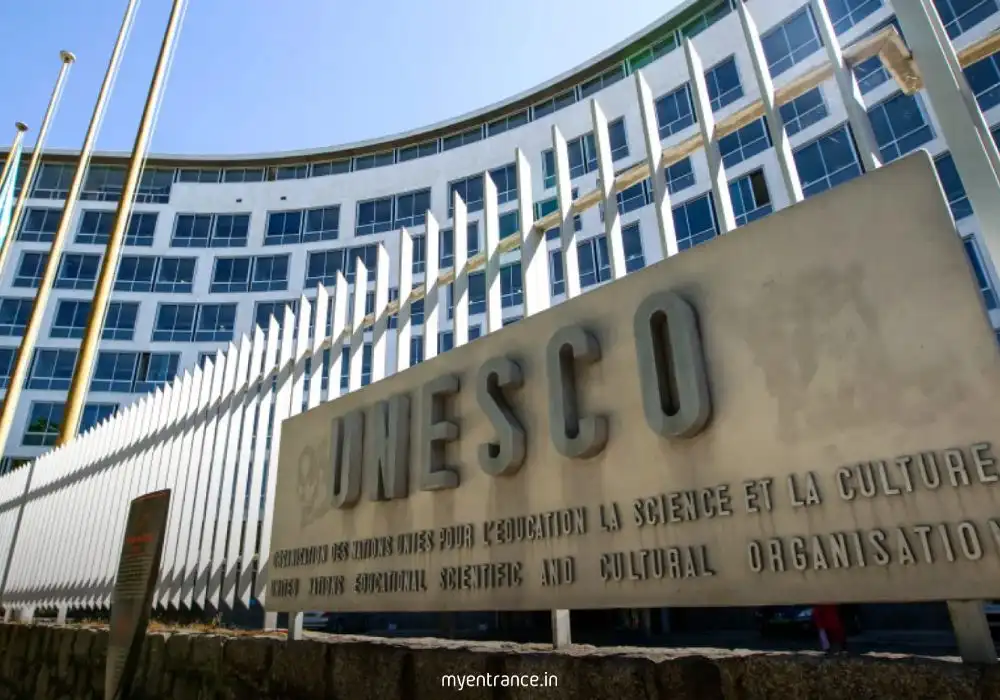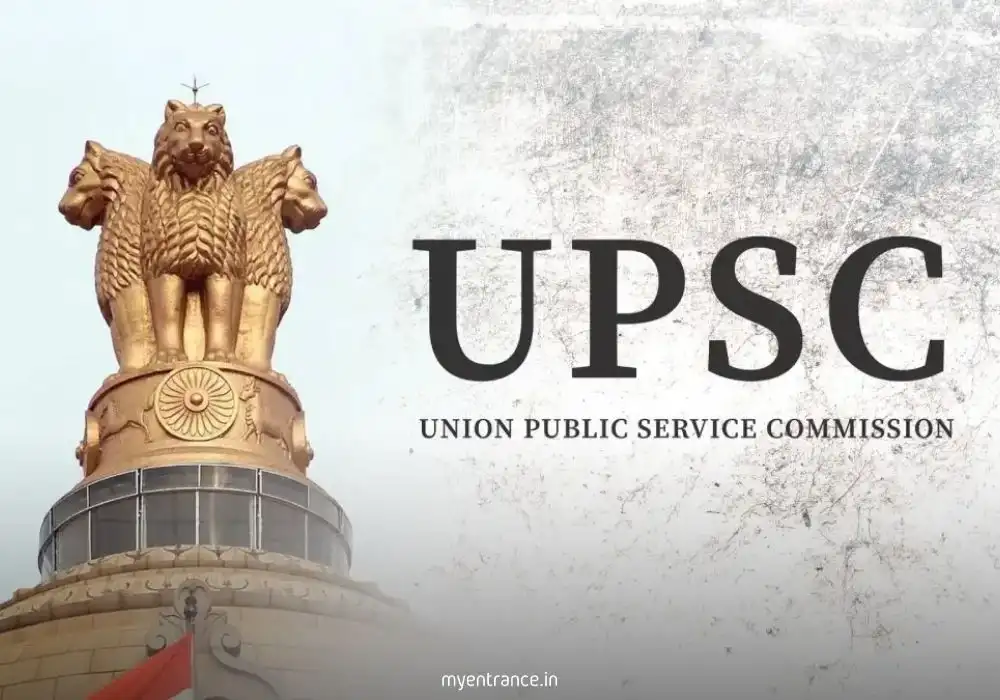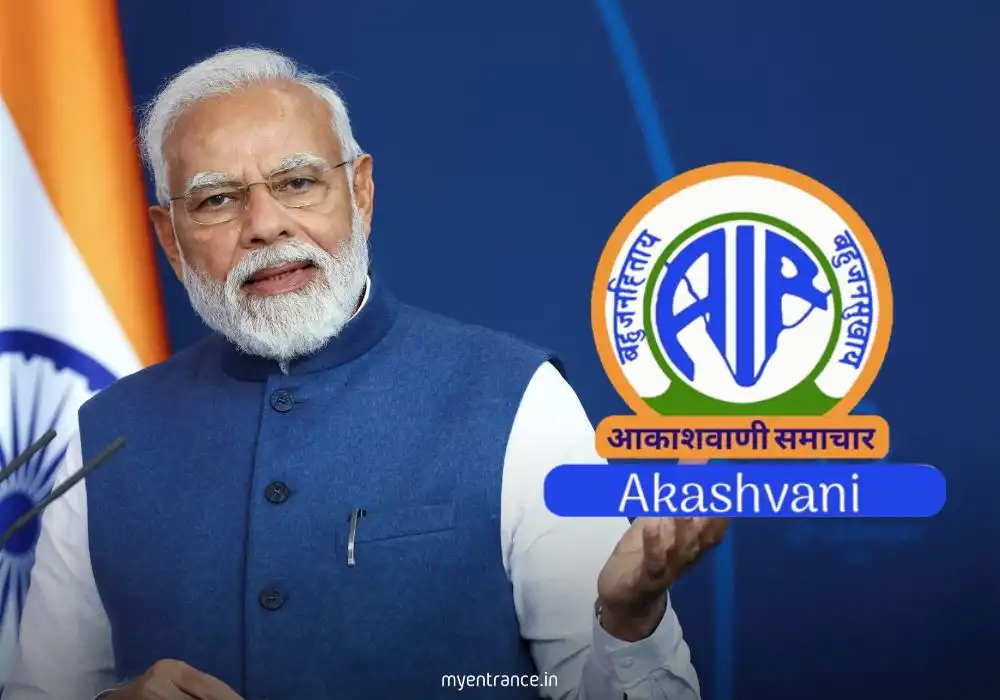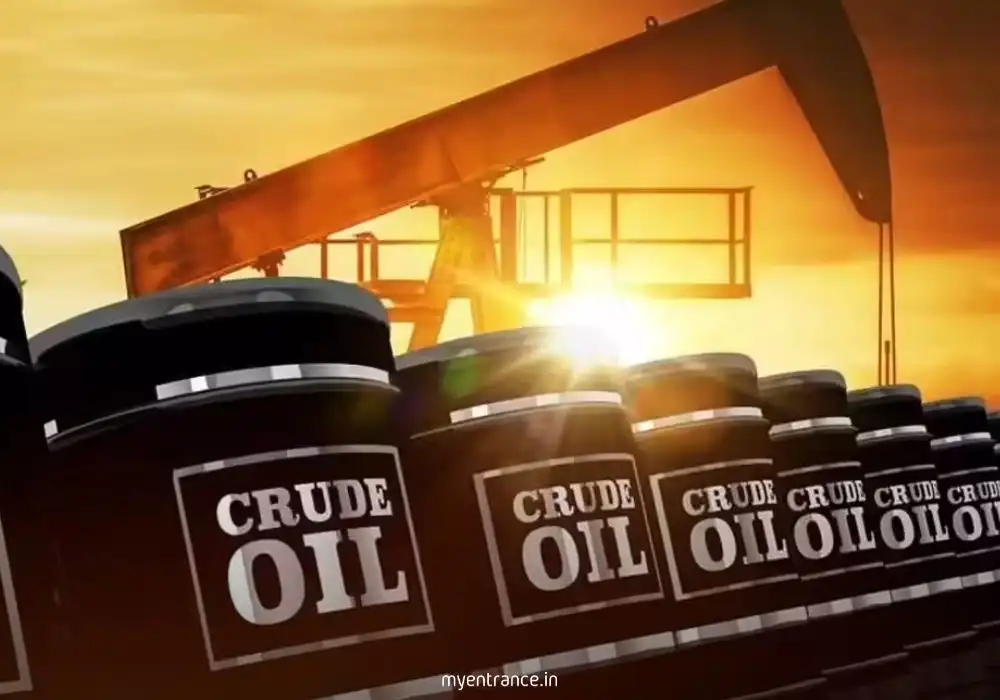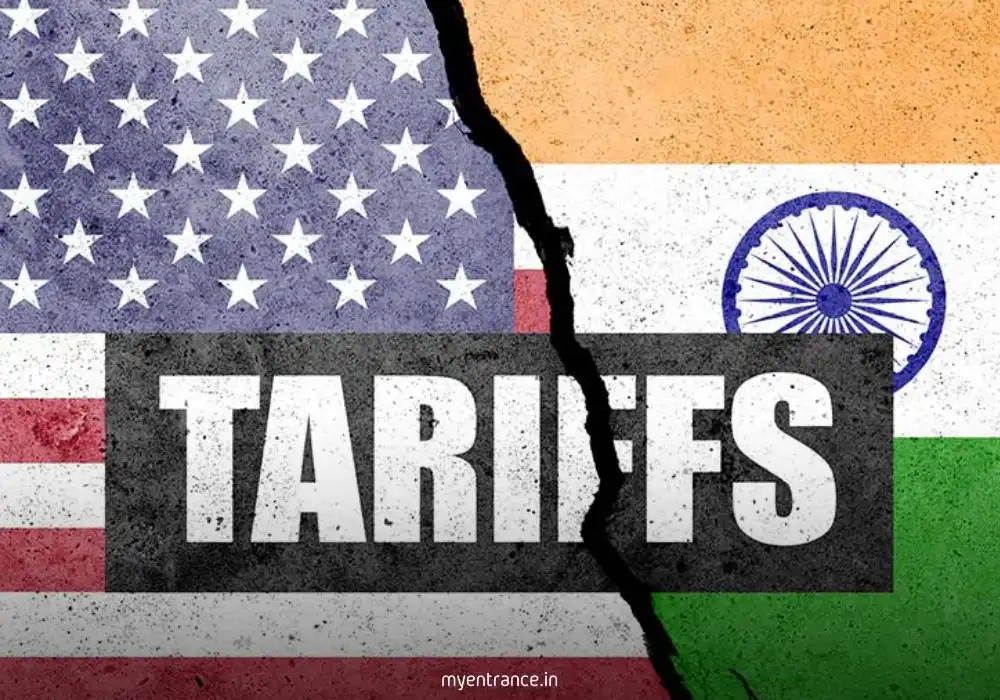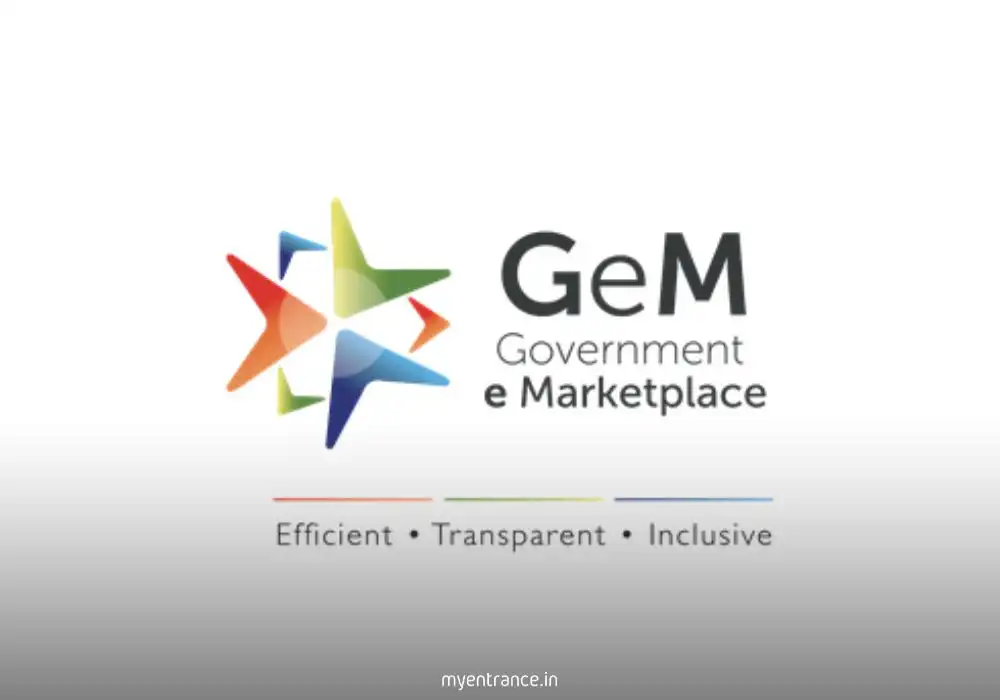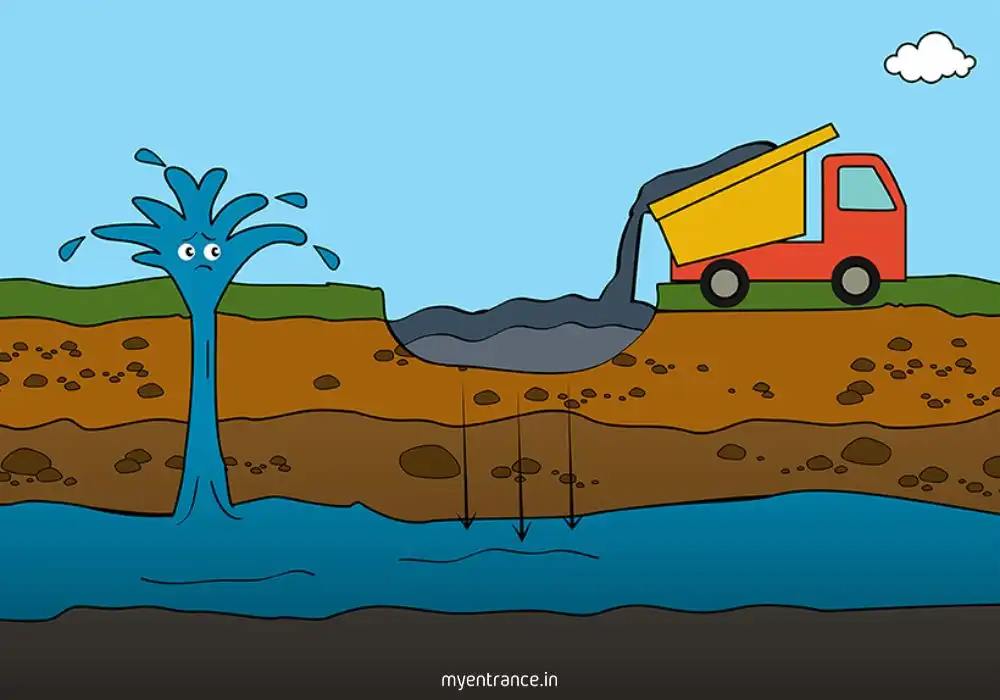Translate Language
India’s Unyielding Stance in Trade Talks: PM Modi Vows to Protect Farmers at Any Cost
In a powerful address amid escalating trade tensions with the US, Prime Minister Narendra Modi drew a definitive line: India will never compromise on the interests of its farmers, dairy producers, or fisherfolk. This declaration came just after the US doubled tariffs on Indian goods to 50%, citing India’s oil trade with Russia. For competitive exam aspirants (UPSC, SSC, PSC, etc.), this development isn’t just breaking news—it’s a masterclass in diplomacy, sovereignty, and economic policy. Let’s unpack the strategic layers behind India’s uncompromising stance and why it matters for your exams.
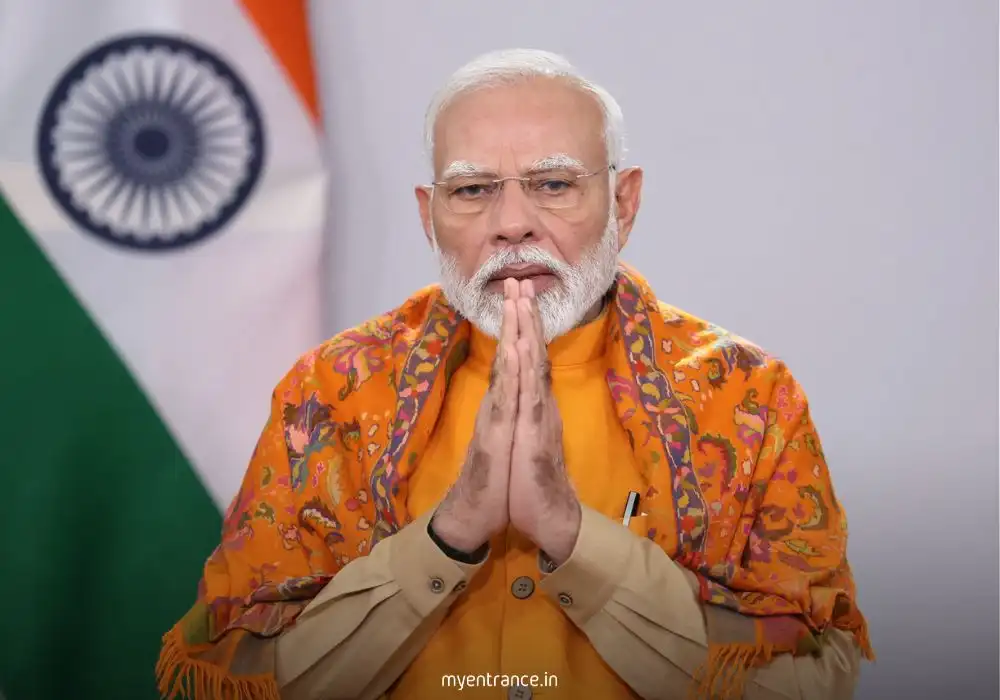
PM Draws the Line: India’s Strategic Stand in US Trade Talks
The Core Conflict
The US recently imposed a 50% tariff on select Indian exports, adding a 25% “penalty” atop existing duties. Officially, Washington linked this to India’s crude oil imports from Russia amid the Ukraine crisis. But the real friction lies deeper: agriculture and dairy. The US demands greater access for its genetically modified (GM) crops like corn and soya, while India refuses to budge, citing the livelihoods of 150 million farmers.
ALSO READ: India’s Unyielding Stance in Trade Talks: PM Modi Vows to Protect Farmers at Any Cost
Why Agriculture is Non-Negotiable
PM Modi invoked Dr. M.S. Swaminathan’s philosophy: “Agriculture isn’t just crops—it’s life itself.” Here’s why India’s stance is non-negotiable:
Livelihood Protection: 47% of India’s workforce depends on farming. Opening doors to subsidized US GM crops could devastate smallholders.
Food Sovereignty: India prioritizes self-reliance in staples (e.g., dairy, cereals) over trade concessions.
Environmental & Cultural Sentiment: GM restrictions aren’t mere protectionism—they reflect concerns about biodiversity and traditional farming.
The “Red Line” Diplomacy
Modi’s declaration—“I’m ready to pay any personal price”—signals two critical strategies:
Domestic Unity: Framing trade talks as a battle for farmer dignity rallies public and political consensus.
Strategic Firmness: By publicly setting boundaries, India forces the US to recalibrate demands or risk deadlock.
Short-Term vs. Long-Term Impact
Immediate Challenge: The tariff spike disadvantages Indian exporters (e.g., textiles, engineering goods) against rivals like Vietnam or Bangladesh.
Long-Term Gain: Holding firm on agriculture preserves policy space for future deals (e.g., with EU or Australia) and strengthens India’s “voice” in global forums like the WTO.
Broader Implications for India’s Trade Policy
India’s approach mirrors its negotiations with other partners:
Flexibility Elsewhere: Concessions offered in digital trade or manufacturing, but zero flexibility in agriculture.
Multilateral Balancing: While resisting US pressure, India still engages the West via groupings like the Quad, proving economic sovereignty needn’t derail strategic ties.
Q&A for Competitive Exams
Q1: Why did the US impose a 50% tariff on Indian goods in 2023?
A: The US cited India’s crude oil imports from Russia as a violation of sanctions over the Ukraine conflict, adding a 25% “penalty duty” atop existing tariffs.
Q2: What key sectors did PM Modi shield from US trade demands?
A: Agriculture, dairy, and fisheries—highlighting their role in safeguarding farmer livelihoods and food sovereignty.
Q3: How does India justify its resistance to US genetically modified (GM) crops?
A: India views GM restrictions as essential to protect small farmers, biodiversity, and cultural farming practices, not as trade barriers.
Q4: What did PM Modi mean by “I’m ready to pay any personal price” in trade talks?
A: He emphasized willingness to absorb political or economic costs to defend India’s core interests, especially farmer welfare.
Q5: How might India’s stance impact its regional trade competitiveness?
A: Short-term disadvantages (e.g., higher tariffs than Bangladesh/Vietnam) but long-term gains in policy autonomy and global negotiation leverage.
Get 3 Months Free Access for SSC, PSC, NIFT & NID
Boost your exam prep!
Use offer code WELCOME28 to get 3 months free subscription. Start preparing today!
